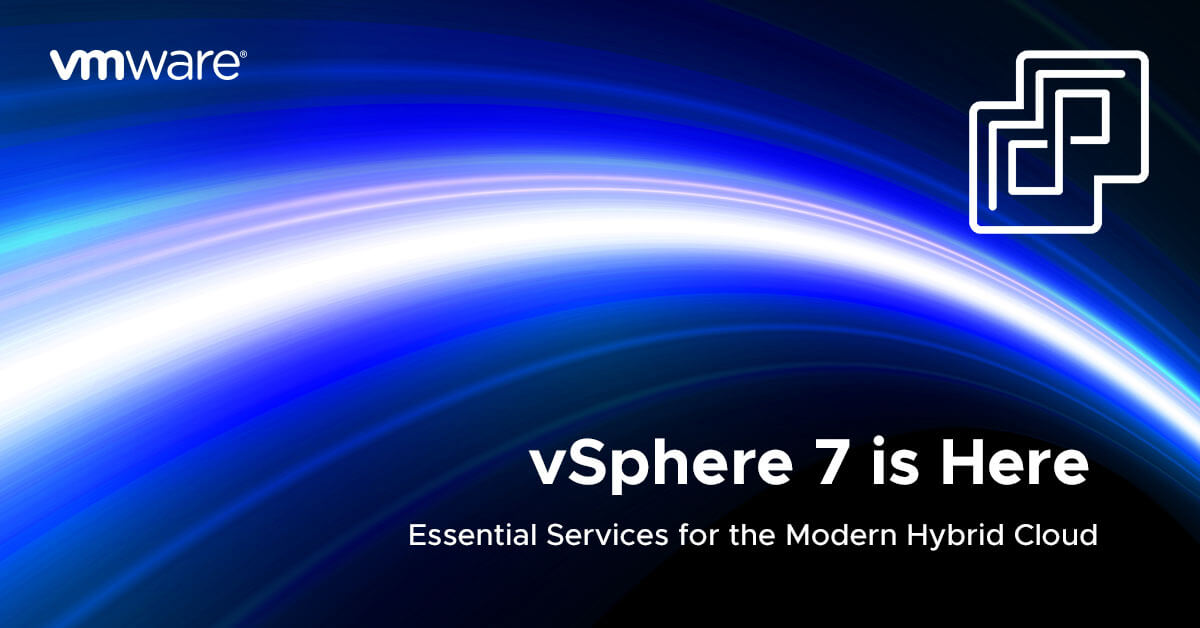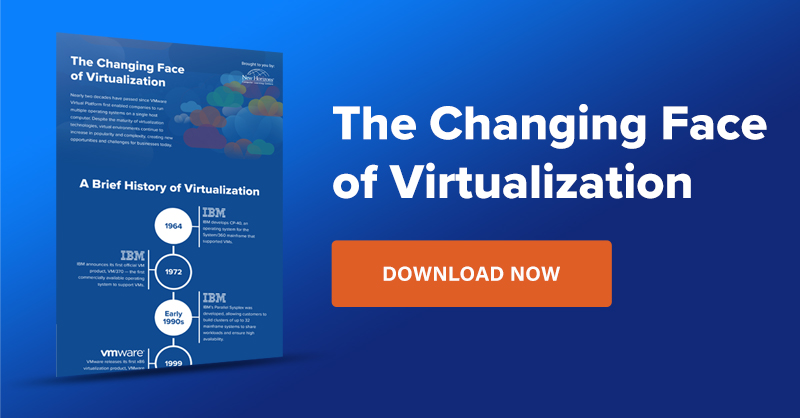In the weeks before COVID quarantined our households, VMware announced vSphere 7. Its release marks the most significant enhancements to vSphere in over a decade, bringing network administrators and developers alike a unified cloud platform that is optimized to build, run, and manage modern applications. In case you were too focused on Tiger King, we've summarized whats new, why it matters and how this can help your organization.





